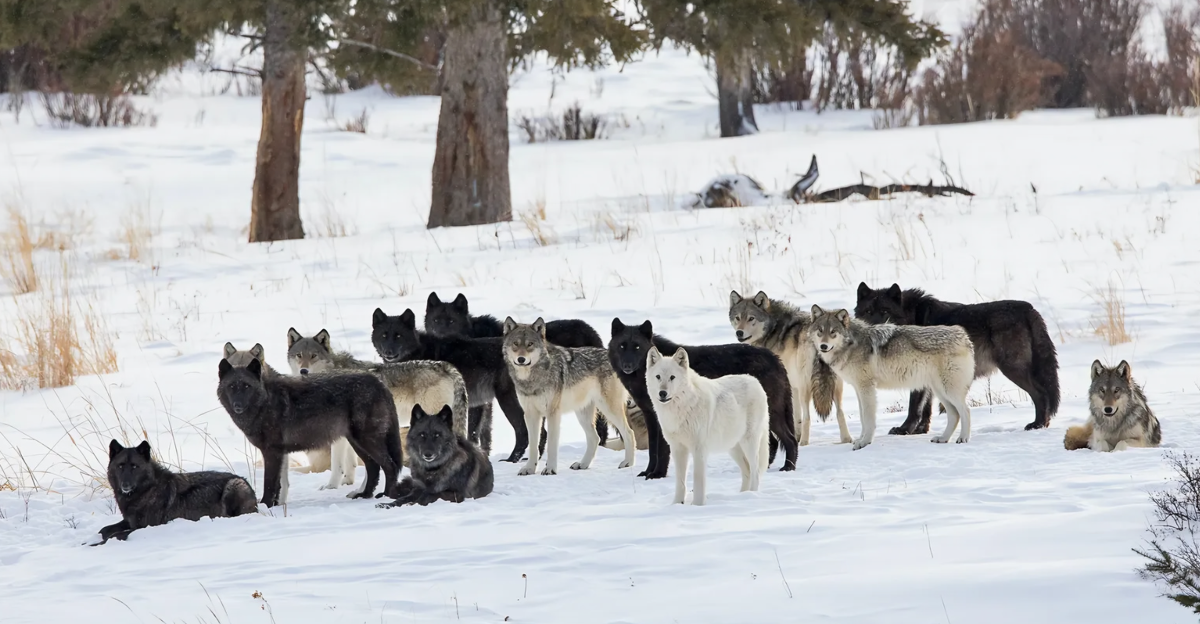
April 2025 marked researchers announcing that they had discovered one of the largest wolf packs ever recorded in North America. This pack was found in the Northwestern wilds of the United States and dwarfs the standard wolf pack sizes of less than ten.
The pack has more than twenty members, which is more than just an anomaly – it could be a sign of ecological recovery after a long and hard-fought battle in the interest of wolf reintroduction and conservation.
The wolf pack was found through GPS tracking, the usage of drones, and field observations.
Wolves In America
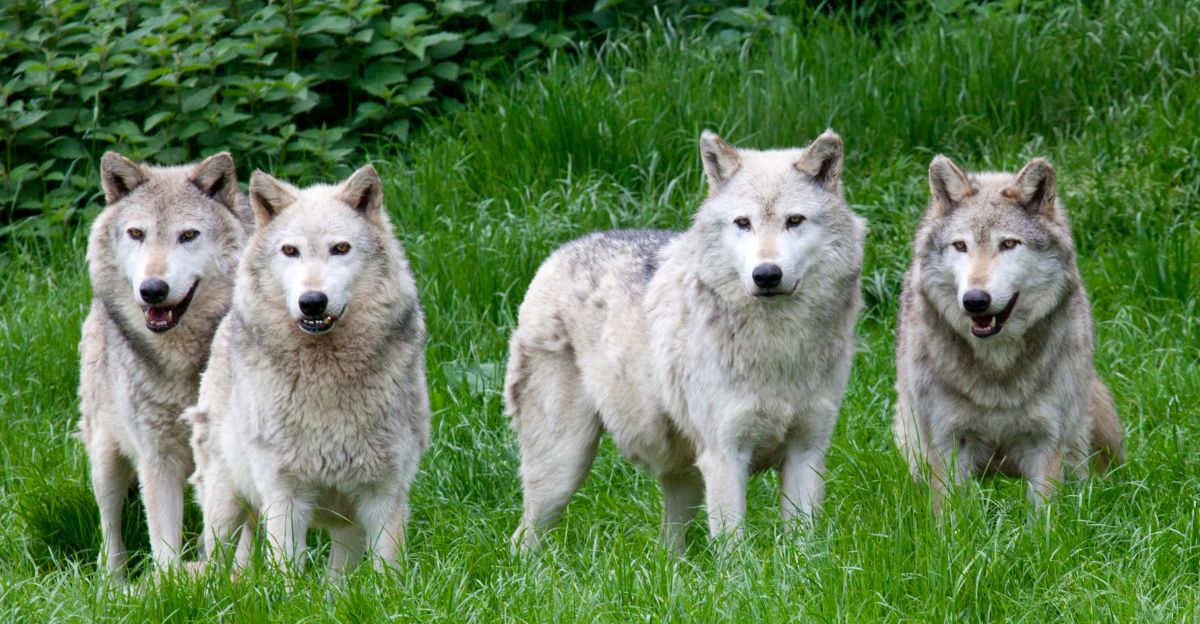
Wolves have had a tempestuous history in the United States. They once roamed all over the North American continent in high numbers, but after European settlers landed, human-wolf conflict skyrocketed, triggering aggressive hunting and eradication efforts, coupled with habitat destruction and human encroachment.
These factors meant that by the early 1900s, wolves were a distant echo of what they used to be. It was only recent conservation and reintroduction efforts in the late 20th century that has led wolves to reclaim portions of the land they used to occupy hundreds of years ago.
Since their resurgence, they have had incredibly good impacts on their ecosystems.
Social Structure
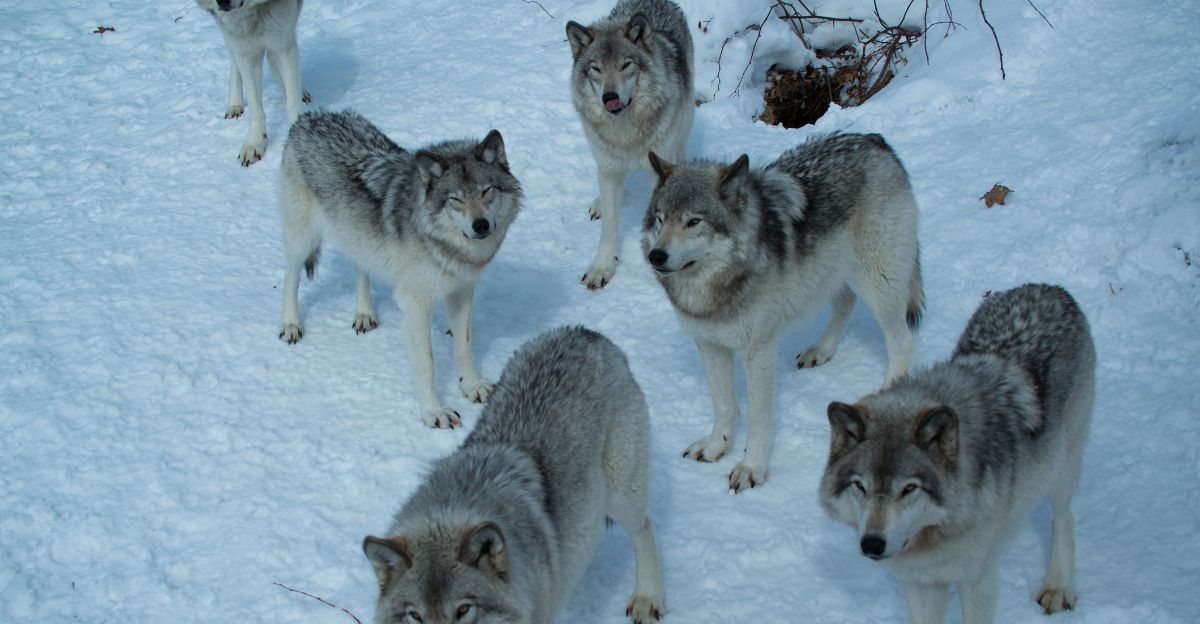
Wolf packs aren’t just random groups of individuals but rather highly organized social “families.” They have strict hierarchies so that their pack doesn’t decend into chaos and disband.
At the top of the chain of command is an alpha pair, who leadership is based on experience and assertiveness rather than brute force.
Large packs may have multiple family groups that coexist, with each pulling their weight through hunting, pup-rearing, and territory defense. This new pack suggests it has a multi-family network, allowing for great all-around efficiency and social stability.
Ecological Impact
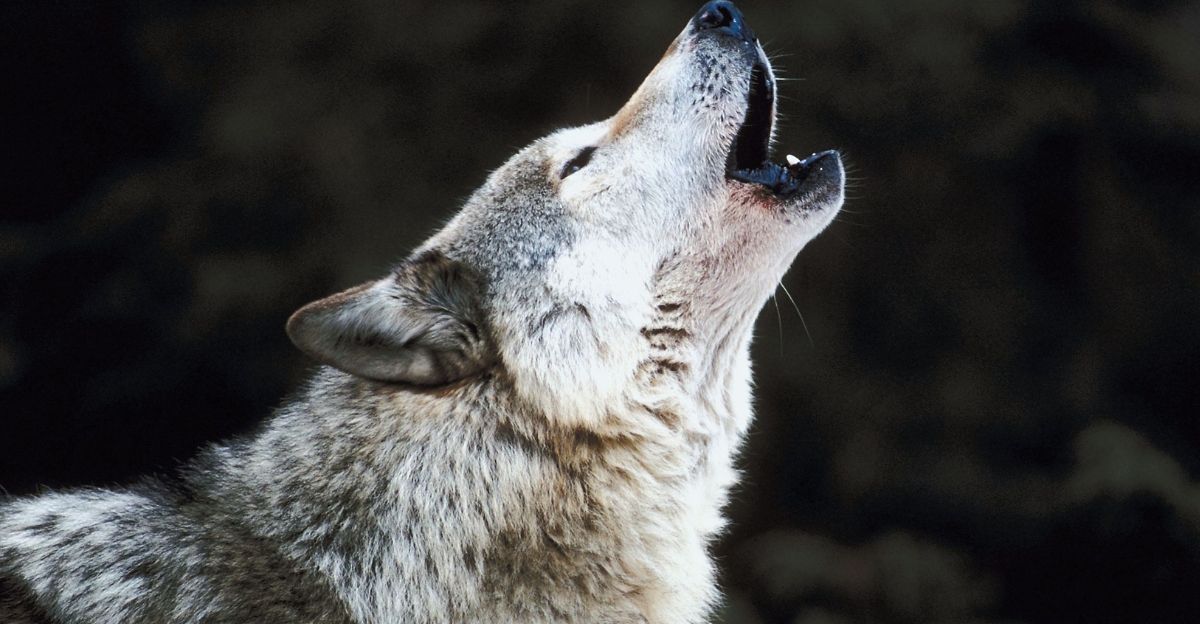
Wolves are a keystone species, which means that they play a vital role in the health of their ecosystem. They prey on deer and elk, which would otherwise overpopulate and cause unprecedented damage to local vegetation, which would have a knock-on effect throughout the habitat, including soil erosion, less biodiversity, and lower water quality.
This mega-pack could have an exponential effect on their ecosystem, making it more resilient than others. Their presence is a sign of a balanced ecosystem where many different species, including vegetation and ungulates, have a chance to survive equally and thrive in their environment.
Wolves cannot be replaced by another species as no one else does it quite like they do.
Technological Breakthroughs
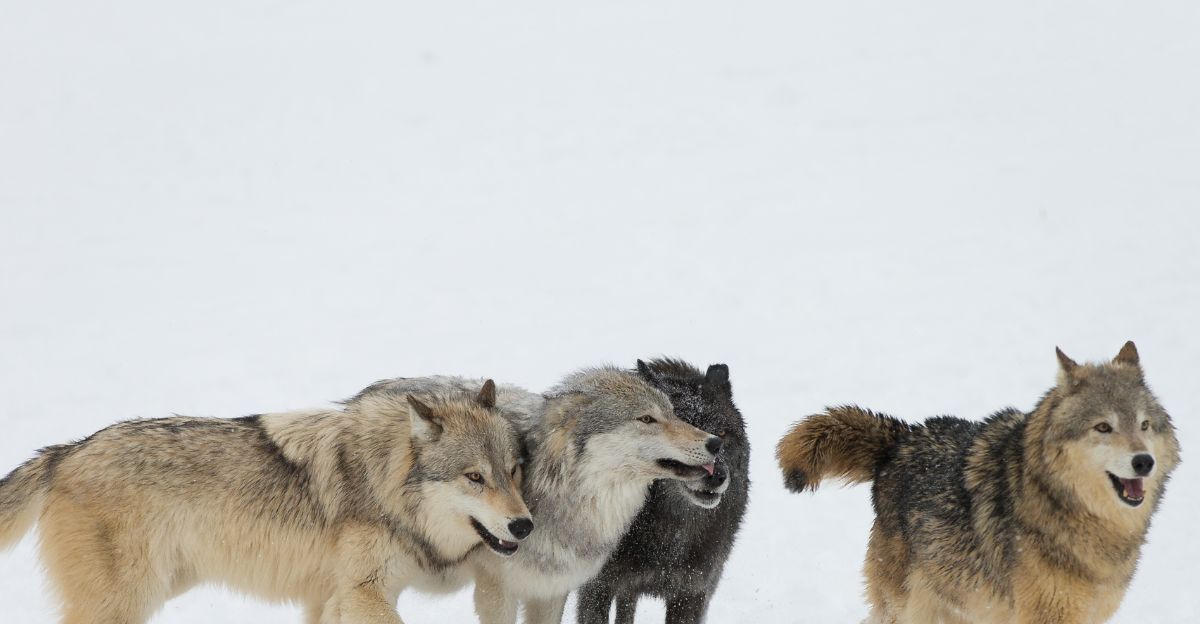
Wildlife observation can be difficult without encroaching or disturbing local populations. With new technology, researchers managed to find and track the wolf pack using drones, GPS collars, and trail cameras to track their movements, hunting patterns, and social interactions.
These technologies were pivotal in discovering not only the true size of the pack but also where its territory is located, its prey preferences, and other internal dynamics.
This detailed data would never have been possible a few decades ago and is revolutionizing modern wildlife monitoring.
Rethinking Size And Territory
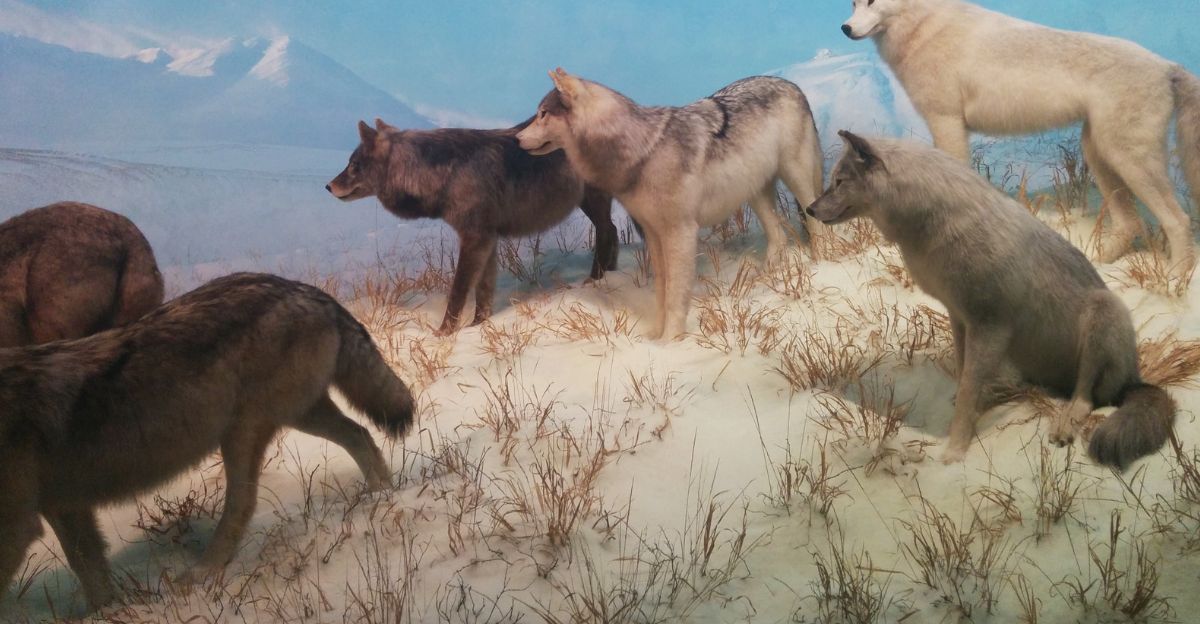
Most believe that larger packs need larger territories to support them, but recent research has shown evidence to the contrary. In some cases, larger packs will stay in smaller territories, most likely to exploit hunting efficiency and the reduced need to roam for miles to feed.
This evidence showcases that larger wolves may be adapting to smaller territories amidst factors like prey availability, climate change, and habitat shrinkage.
This insight has direct implications for land management and the future of wolf introduction efforts, showcasing they may not need such vast territories as previously believed.
Human-Wolf Conflict
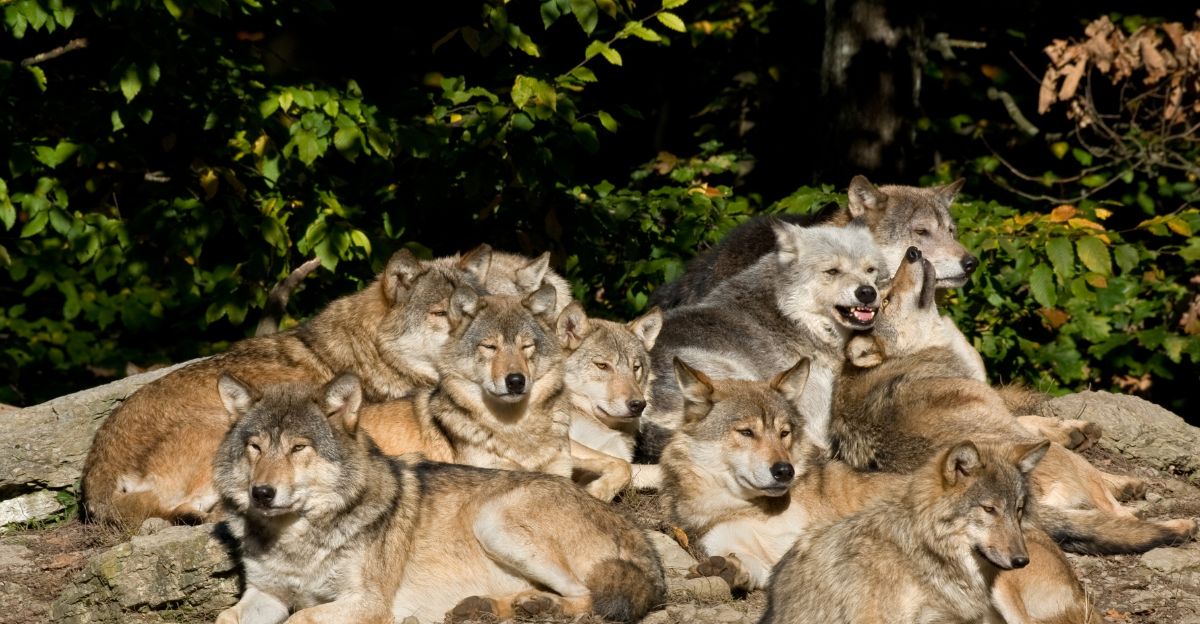
Human-wolf conflict has been a contentious issue for as long as humans have been expanding their territory, overlapping with existing wolf habitats.
In the modern age, as wolf populations start to rise again, conflicts with humans are once again growing, especially over livestock protection and competition for game. Large packs can only intensify these problems, but they have positives to offer, such as ecotourism, which helps strengthen the local economy and provide jobs to local communities.
Effective management of wolf populations needs a balance of ecological conservation and economic gains. Using research-based data could improve future conservation efforts.
Cultural Significance
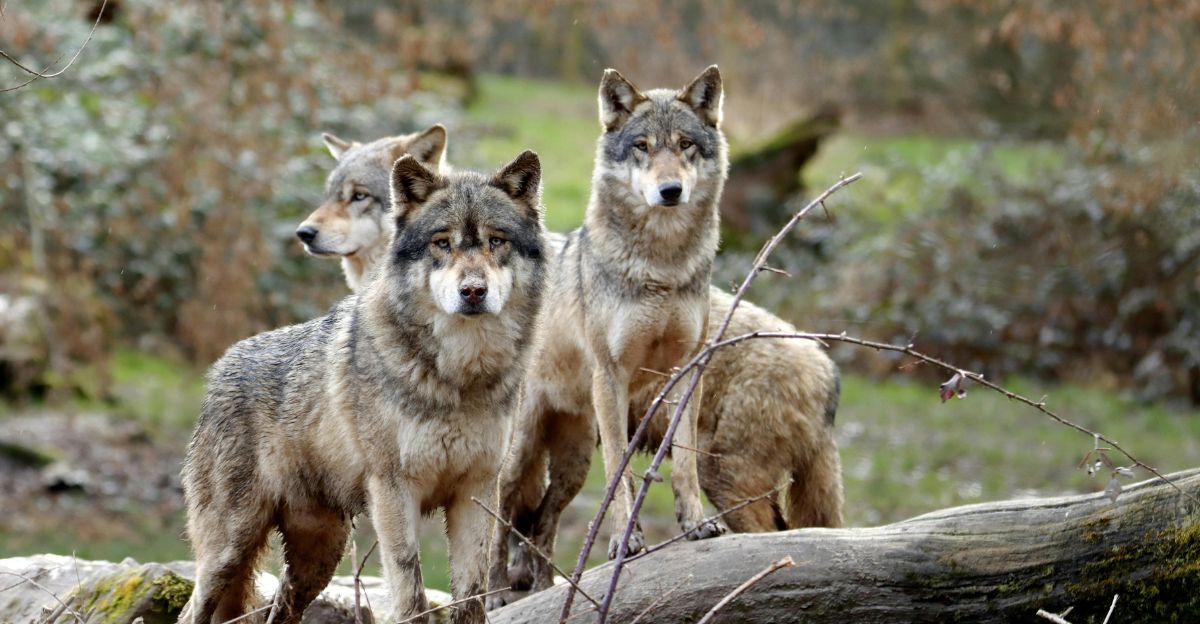
Wolves have a unique place in both American minds and culture. They often symbolize a wild side and controversy. In past decades, wolves were seen as aggressive and ruthless killers, hunting people and livestock alike.
With the emergence of the mega-pack, there is an opportunity to dismiss those outdated notions for good through public education campaigns, where people can learn about their unique intelligence, cooperation, and adaptability.
This shift in the narrative could aid conservation efforts and allow broader conservation support. These outdated narratives need to be addressed in order to move forward to find solutions to human-wolf conflict that benefit both sides.
What Comes Next?
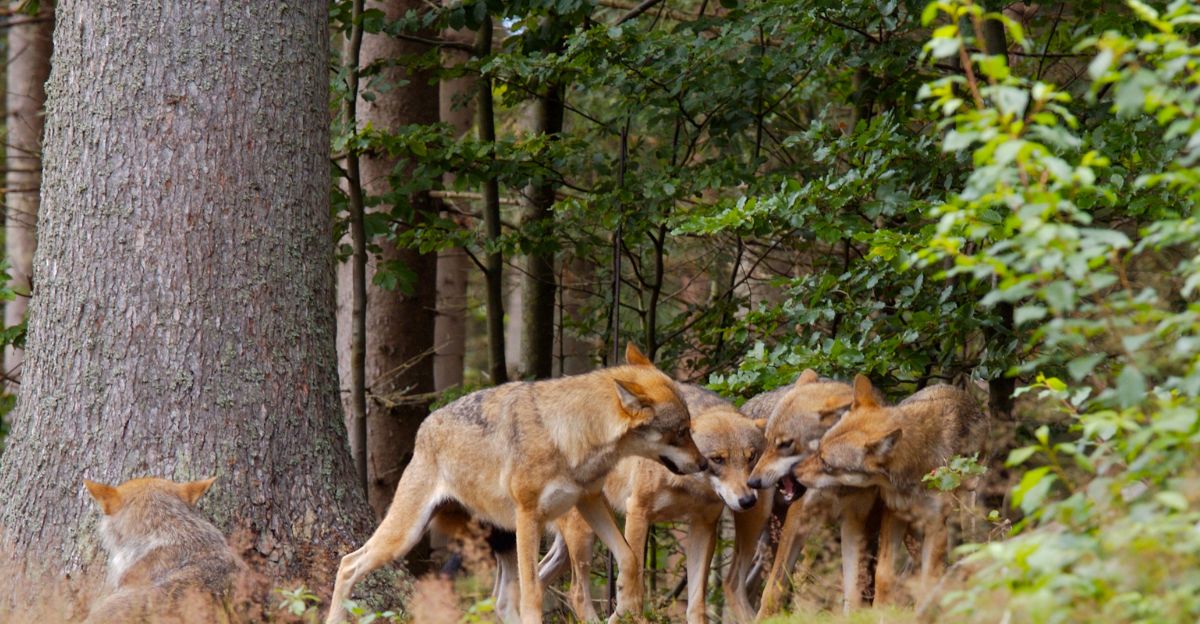
The large wolf pack’s emergence has some implications for effects on both ecological, economic, and social factors. Ecologically, they could further drive the recovery of natural habitats and bring back many species to the land space once it becomes suitable for them again.
The pack could boost wildlife tourism and, ultimately, research funding. Socially, they may influence policies concerning predator protection and solutions for human-wolf conflict could be prioritized.
However, with greater numbers of wolves, there are other factors to consider, such as disease transmission, genetic diversity, and the potential for inter-pack conflict in the wild.
A Turning Point For Wolves
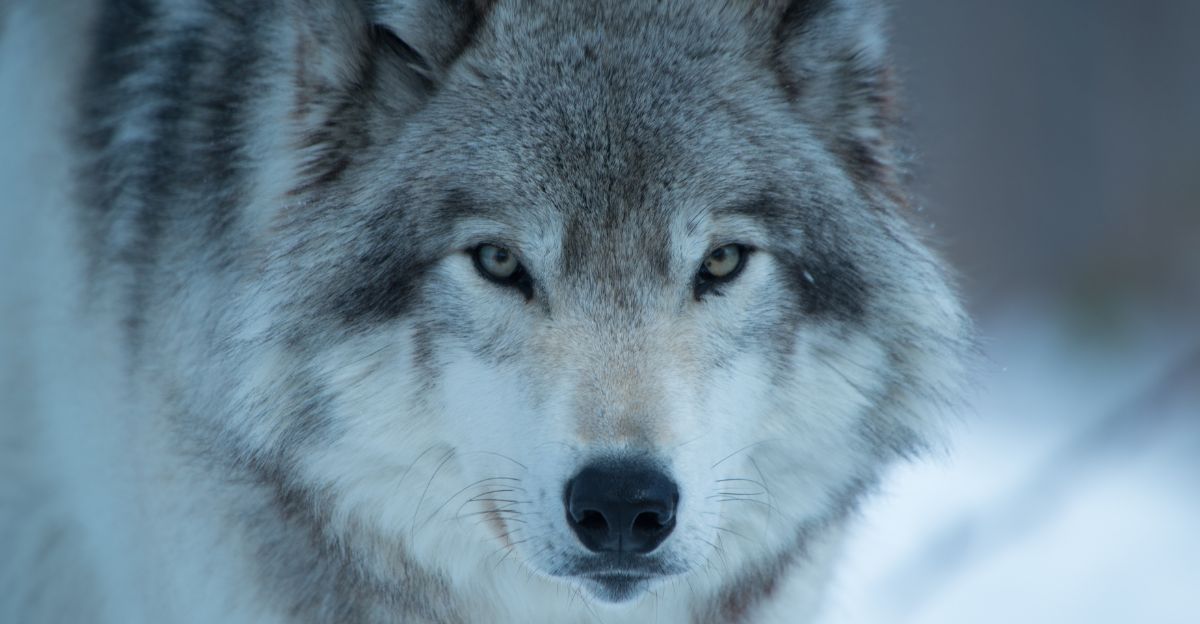
The discovery of one of the largest packs in America in recent years is more than just an attention-grabbing event.
These signs are that wolves are finally recovering properly after years of being opressed and driven out.
With them will come a variety of benefits for the environment, but all of this is still fragile, and continued support will be essential in keeping up this restoration of the natural order.
Explore more of our trending stories and hit Follow to keep them coming to your feed!

Don’t miss out on more stories like this! Hit the Follow button at the top of this article to stay updated with the latest news. Share your thoughts in the comments—we’d love to hear from you!







